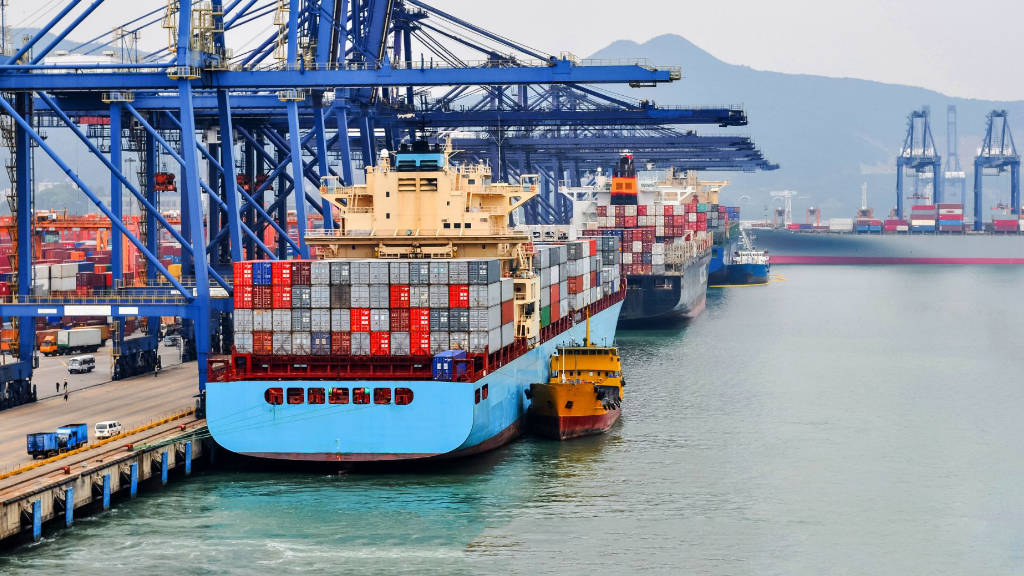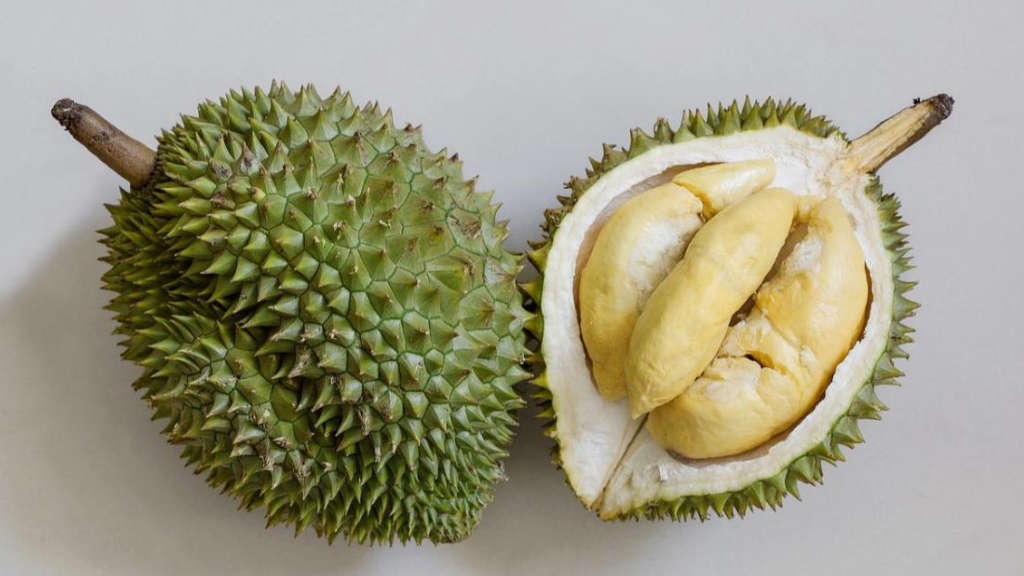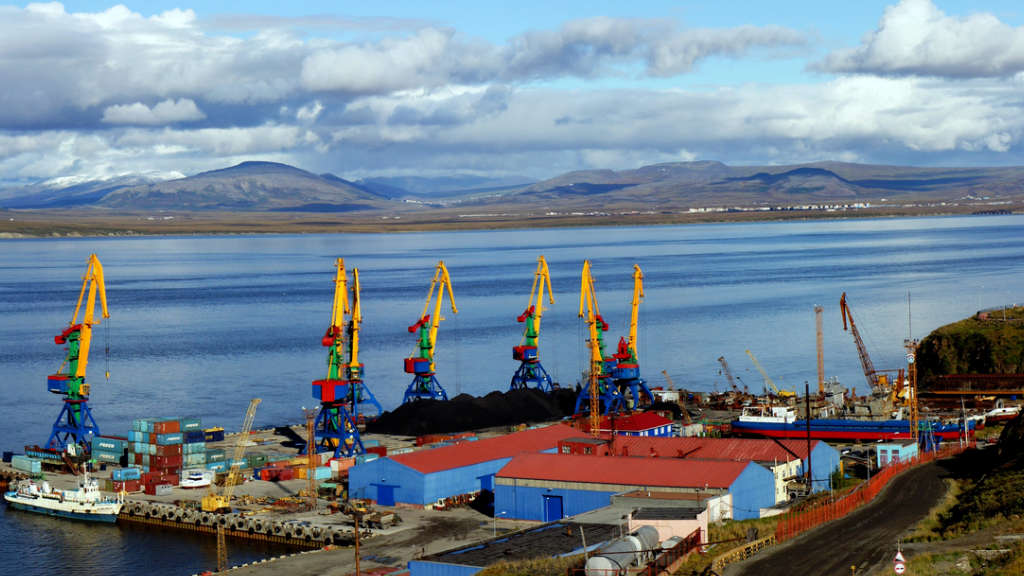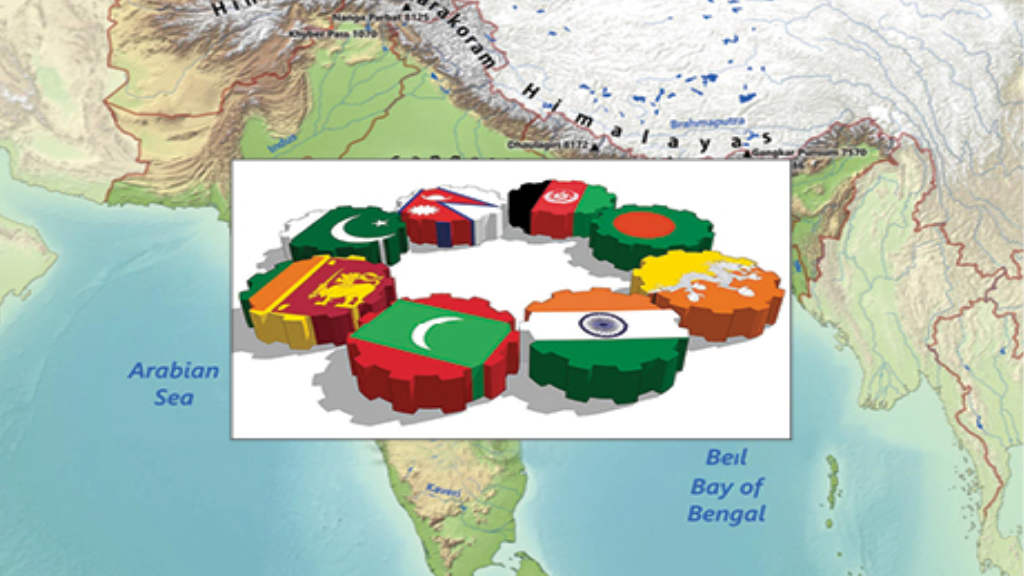Russia and Cuba are working on the creation of a logistics center based at Mariel Port, according to Tatyana Mashkova, Director General of the National Committee for Economic Cooperation with Latin American Countries (NC SESLA).
Mariel Port is located 45 km from Havana, the capital of Cuba, in a sheltered deep-water bay. It is located in the Mariel Special Development Zone (Spanish: Zona Especial de Desarrollo Mariel, ZEDM), an economic development zone attracting foreign investment, technological innovation, industrial concentration, and environmental protection industries. Rail and road networks connect the ZEDM with Havana and Cuba’s main population centers. It is the closest Cuban port to the United States, with several Russian companies already present at this facility.
The Mariel Container Terminal (TCM) is the main container terminal in Cuba with an annual throughput capacity of approximately 300,000 TEU and a total handling capacity, including storage, of 800,000 TEU. In 2023, dredging work was completed in the approach channel to accommodate Neopanamax-sized vessels. The terminal can accommodate vessels up to 366 meters long, 52 meters wide, and with a draft of up to 15 meters.
To clarify where it is and the terminology, US President Donald Trump renamed the Gulf of Mexico the ‘Gulf of America’ by US Presidential Order earlier this year. Google Maps has changed the name of the Gulf of Mexico to the Gulf of America after this move. However, several other countries, including Mexico and Cuba, still refer to it as the Gulf of Mexico.
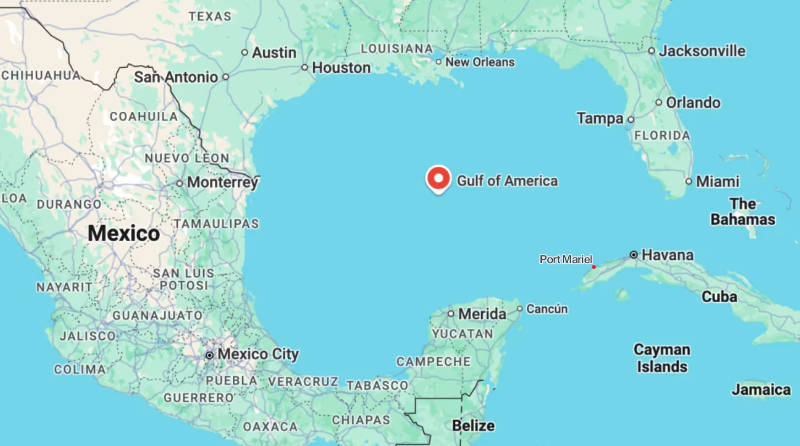
Meanwhile, Tatyana Mashkova said that Russia and Cuba are working “in parallel” to set up the hub at Cuba’s Mariel Port.
She added that Russian and Cuban business representatives are also discussing ways to strengthen financial cooperation, including with backing from the Russian Export Center. The goal is to facilitate bilateral trade and reduce logistical barriers. She said that “our companies could benefit from this Cuban platform to deliver their goods more actively throughout the region,” pointing to opportunities across Central America and the Caribbean.
Cuba has also offered to host an industrial park for the Eurasian Economic Union (EAEU) within the Mariel SEZ. This proposed 50-hectare site would be leased to the EAEU for 50 years, with an option to extend. The park would allow EAEU members to localize production, invest directly, and expand access to Latin American markets. The EAEU includes Russia as well as Armenia, Belarus, Kazakhstan, and Kyrgyzstan. Iran, Serbia, and Vietnam also have free trade agreements with the EAEU, while Indonesia and Mongolia are about to follow suit. Cuba is an official observer to the EAEU and is also a BRICS partner nation.
China and Spain, as well as several Latin American countries, lead in terms of the value of Cuban imports. Cuba purchases oil, spare parts to maintain energy and industrial facilities, meat, grain, food, transportation, and medicines abroad.
Russia supplies Cuba with energy resources, equipment and machinery for thermal power plants, railway cars, vehicles, vegetable oil, and food products. Cuba, in turn, exports tobacco, rum, and other goods to Russia.
Areas for expanding Russian-Cuban cooperation are outlined in the program of cooperation in trade, economic, scientific, and technical spheres until 2030, signed in November 2023. It provides for stimulating the growth of trade and investment and strengthening ties between business communities.
Despite the difficult geopolitical situation, Russian and Cuban partners are looking for alternative ways to expand trade and economic cooperation. The Cuban government is gradually opening up opportunities for private enterprise, which creates prospects for expanding Russian exports.
Russian investors have entered the Cuban energy sector agriculture, automotive and tourism industries.
Russia-Cuban bilateral trade has reached about US$1 billion. Cuba’s trade with the EAEU saw the EAEU’s manufacturing exports to Cuba increase slightly in 2024, while Cuban goods exported to the EAEU doubled, reaching a total trade value of about US$1.6 billion.
Cuba will participate in the Eurasian Economic Forum 2025, which is to be held in Minsk from June 26 to 27, where discussions will include cooperation in industry, agriculture, pharmaceuticals, and other areas.
Further Reading

